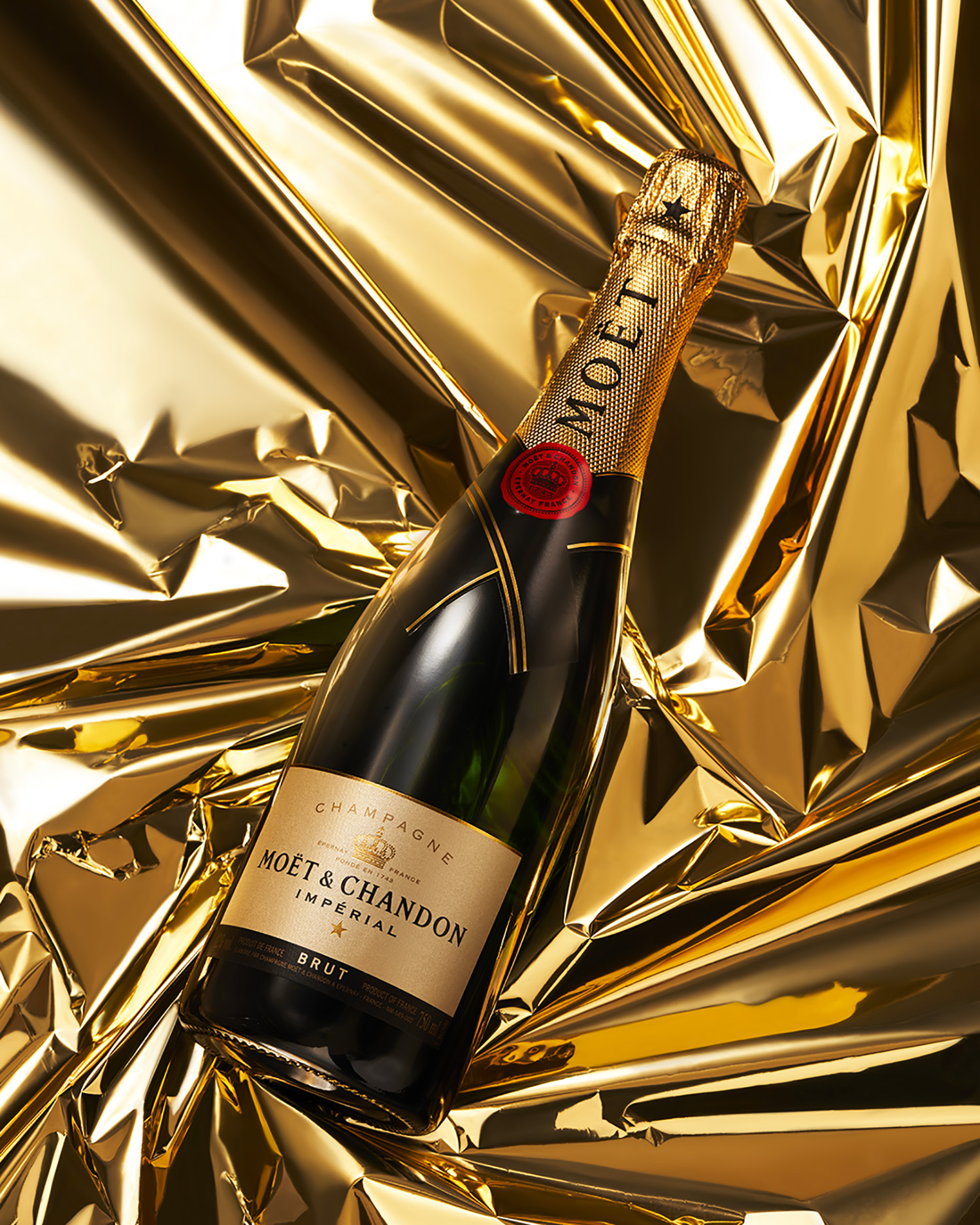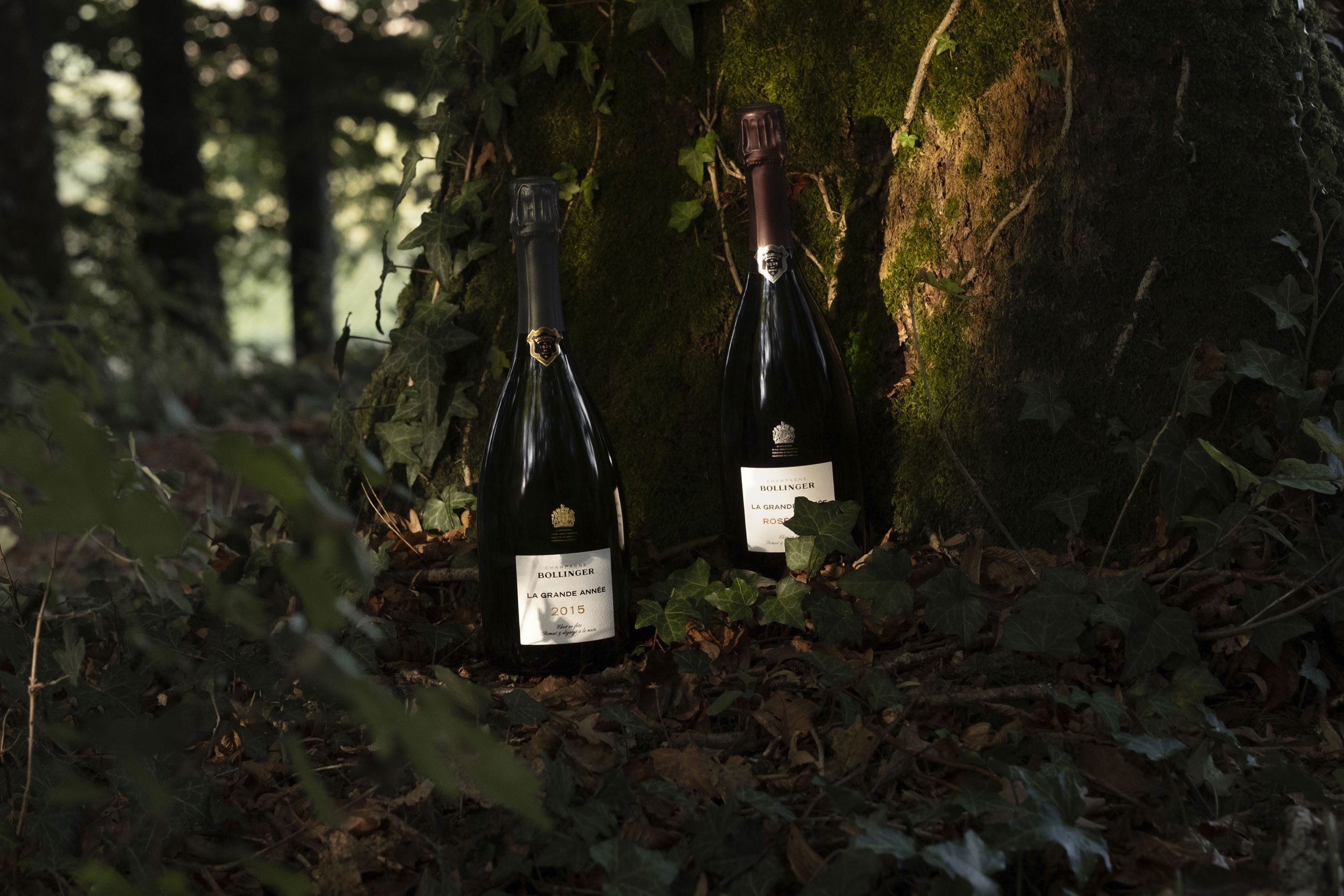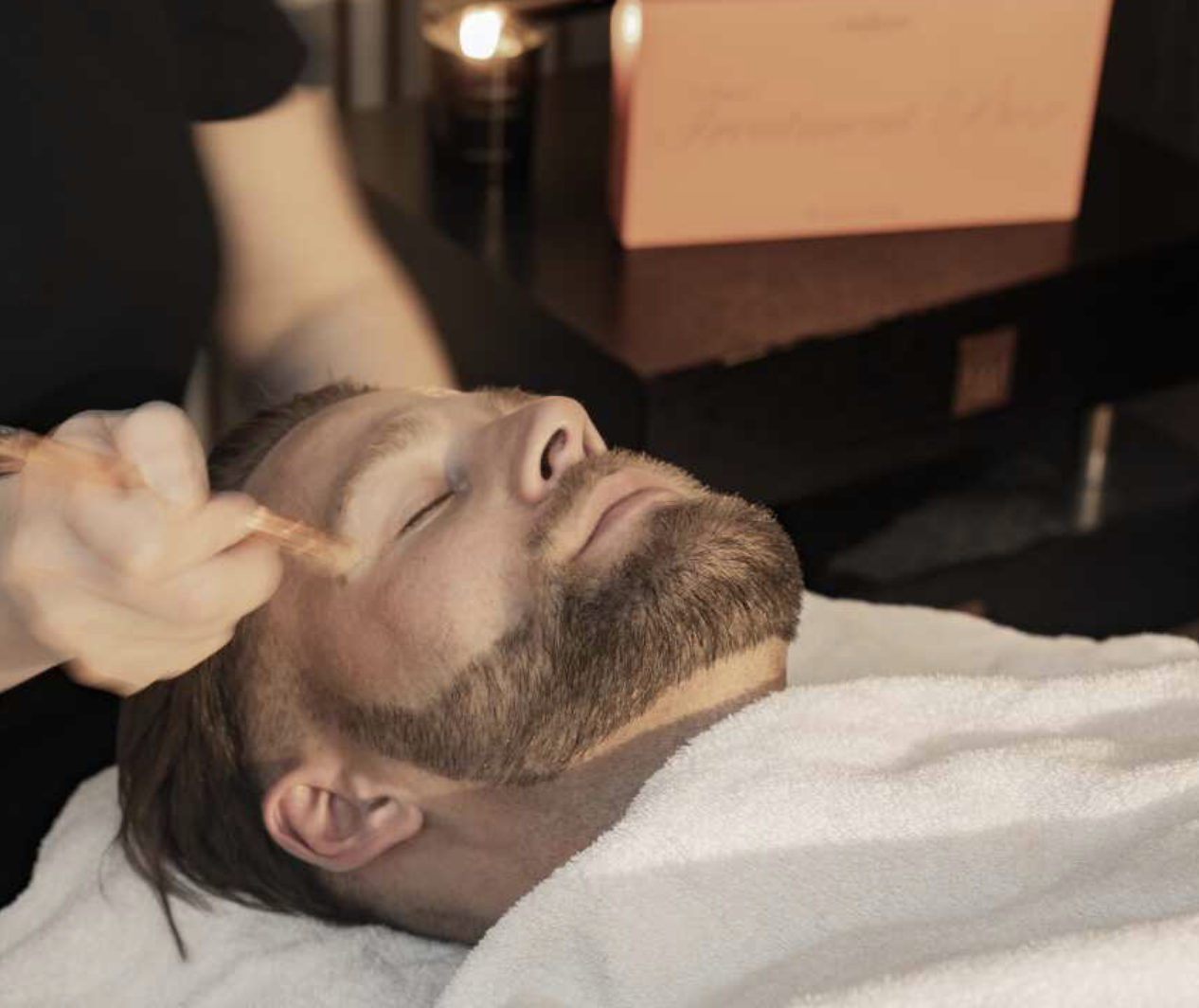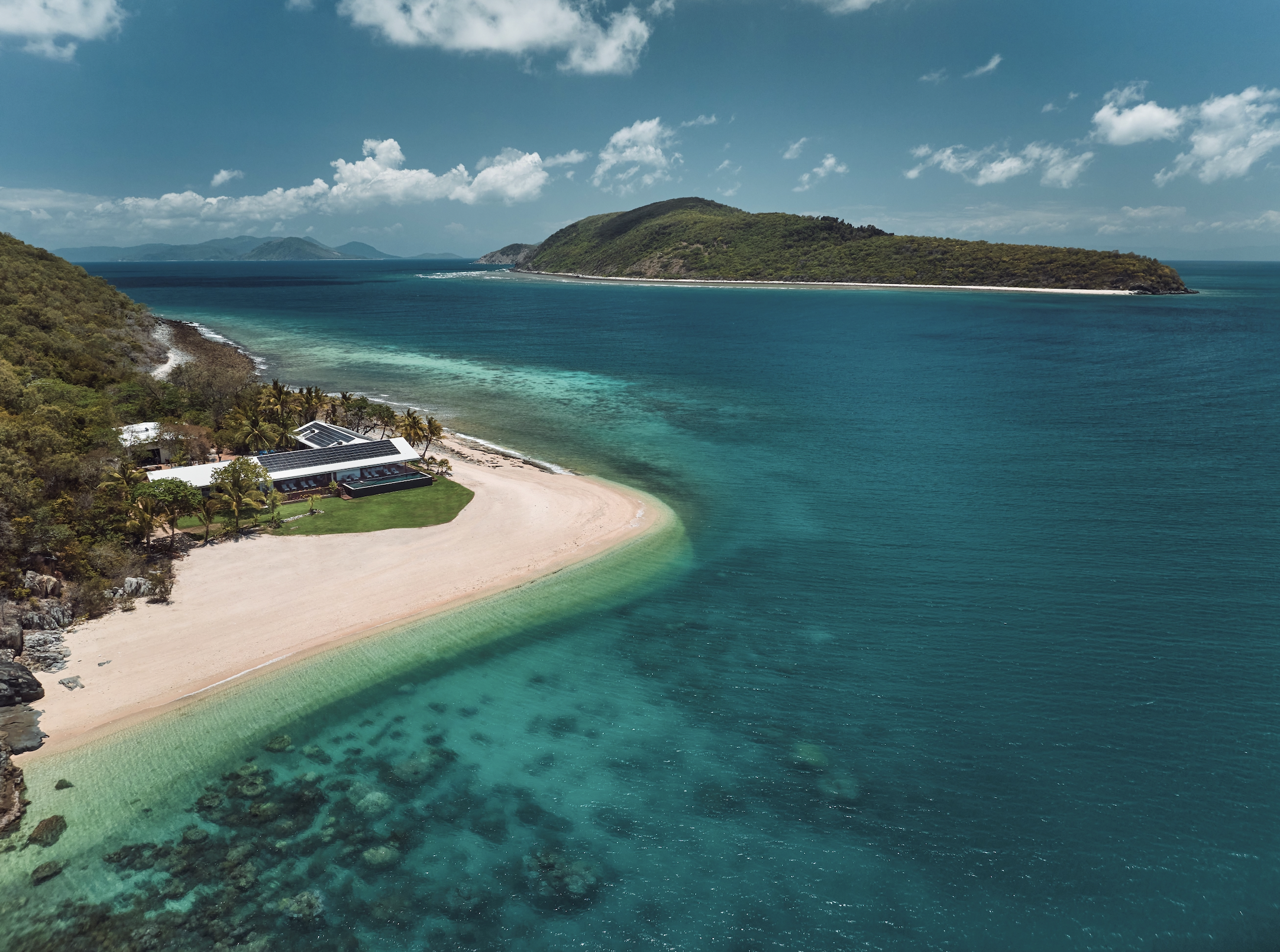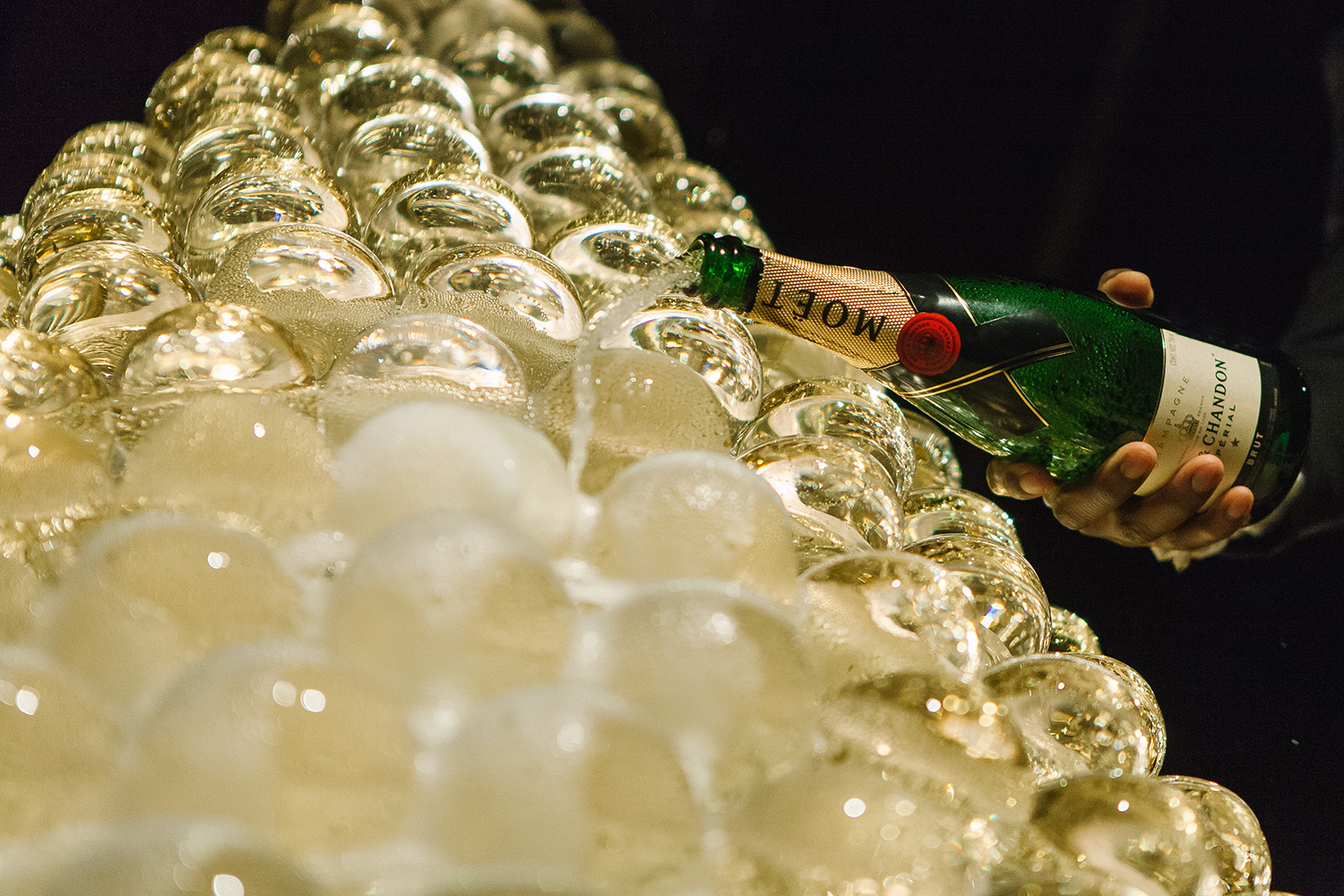
Moët & Chandon’s Four-Day Champagne Celebration
Sydney Harbour will play host to the international event.
Related articles
Sydney is set to fizz with excitement as Moët & Chandon announces that its international ‘Effervescence’ celebration is coming to Sydney Harbour.
The four-day festival opens on December 2 with a giant, reflective installation, entitled ‘Effervescence’, taking over the Bennelong lawn.
Using the backdrop of Sydney Harbour and the Royal Botanical Garden, the 500sqm metre circular sculpture is set to become a symbol of celebration.
Inside the sculpture guests will be taken on a magical journey through the world of Moët & Chandon, travelling through the ‘Cellars of Moët’ to discover the ‘Heart of Celebration’. The interior will feature a glittering custom-built chandelier, an immersive Eternal Effervescence Room and a glamourous champagne tower.
“We’re delighted to be one of the leading cities around the world playing host to Moët & Chandon’s celebration of Effervescence. After a challenging year, our great wish is that this end of year celebration marks a moment of magic and the joy of togetherness”, says Regis Dupuis, managing director, Moët Hennessy Australia & New Zealand.
Over the course of the four days, the French maison is inviting guests to discover the festival.
Open to the public via ticketed entry and walk-in’s the day events ($35) will offer access to the Moët & Chandon installation, a Moët Mini on arrival, Moët cuvees paired with light pairings for purchase at the ‘Heart of Celebration’ bar and views of Sydney Harbour.
By night, guests will have the option of three different curated experiences from Thursday December 2 until Saturday December 4.
Here, the different evening’s include the Moët Impérial Evening, the Moët & Chandon Rosé Impérial Evening and the Moët Grand Vintage Evening, each one filled with Champagne, canapés and exciting celebrations.
With tickets starting at $100 the events include 120 tickets available each night, a Moet Mini and champagne for the evening, roving food, hosting by Moët & Chandon ambassadors, live DJ sets by homegrown talent Alice Quiddington.
Additionally, those who purchase tickets online will have access to limited edition Moet & Chandon magnums with a choice of either Moët Impérial Gold Magnum or a personalised Moët Impérial Magnum with festive messages in gold calligraphy. That’s Christmas sorted then.
The event is all for a good cause with those at the maison’s Effervescence events around the world invited to raise a glass and join its charitable initiative of Toast for a Cause. This year, the toast will be dedicated to the preservation of biodiversity and in Australia, Moët & Chandon will partner with The Sapphire Project, supporting marine conservation.
For more information visit moeteffervescence.com.au/
Subscribe to the Newsletter
Recommended for you
Not All Great Super Tuscans Are Red—Get to Know the Region’s Outstanding White Wines
The lighter side of Super Tuscans.
By Mike Desimone And Jeff Jenssen
June 14, 2024
Bollinger Delivers The 2015 La Grande Année Collection
Bollinger delivers the 2015 La Grande Année collection with pinot noir to the fore.
May 30, 2024
You may also like.
You may also like.
Watch This Space: Brynn Wallner
In the first installment of our showcase of new progressive watch pundits, we profile the influential founder of Dimepiece.
It’s impossible to miss Brynn Wallner’s take on watches. Under the pseudonym of Dimepiece, the 33-year-old is playing a considerable part in steering the conversation around women in watches.
The “teeny tiny” movement—a phrase she coined—is currently buoyant, with watches of smaller shapes and sizes dominating the visual landscapes of social media.
“The post-pandemic spike in watch popularity has resulted in new ways of regarding watches,” says Wallner, from her apartment in New York City. “As more people get into this world, more interesting things inevitably happen, as we’ve seen with the rise in popularity of vintage Cartier, thanks to collectors like Tyler, the Creator.”
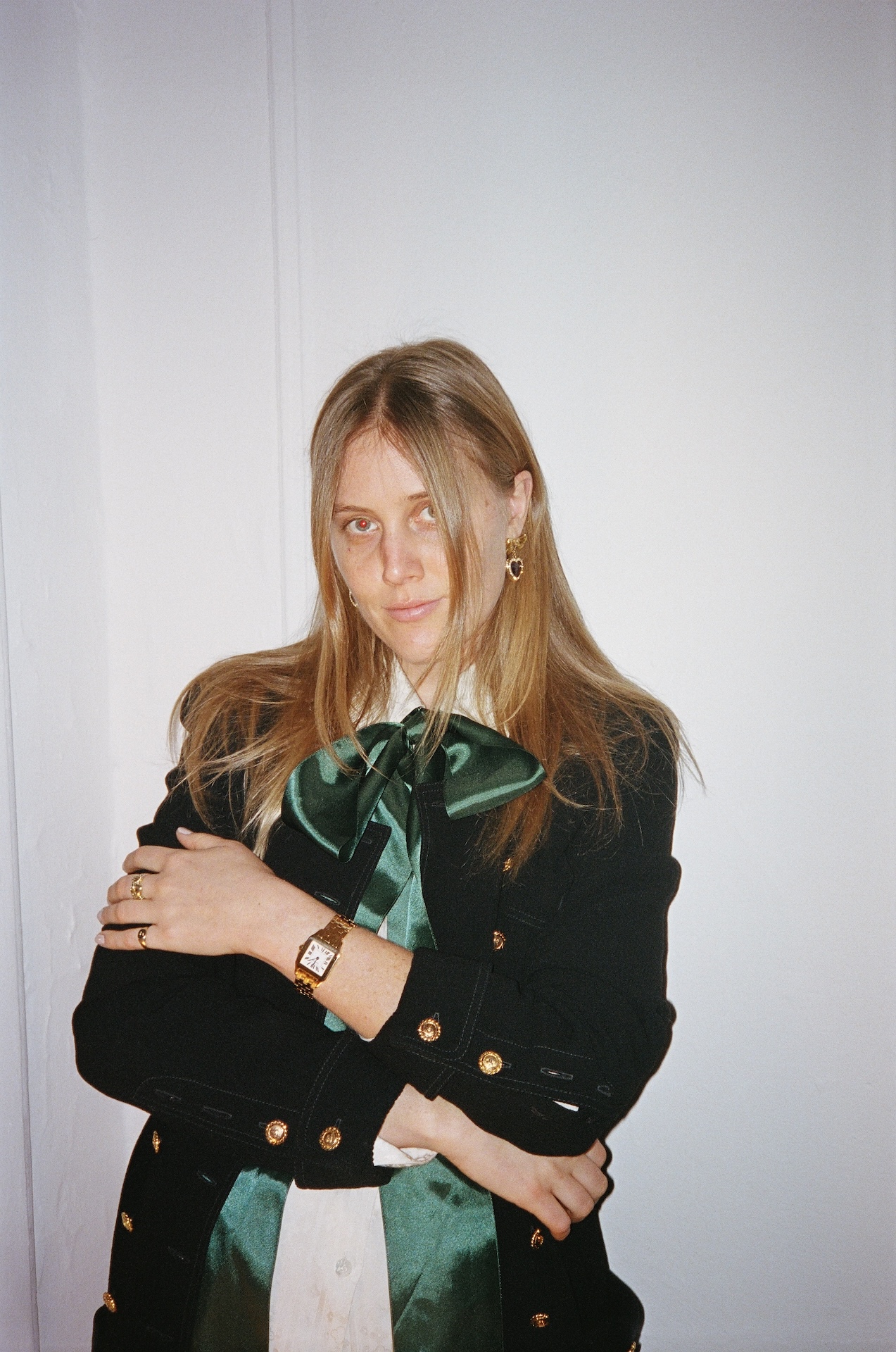
With social media now playing an integral part in watch reportage, from breaking news to the unveiling of brand novelties, Wallner contributes to the zeitgeist with a refreshing take on watches which is devoid of snobbery.
On any given day, she might, say, feature a post of the Olsen Twins parading New York’s Upper East Side wearing vintage Audemars Piguet Royal Oaks, or Timothée Chalamet rocking a “teeny tiny” Panthère de Cartier.
“I speak about them [watches] in the way that I would naturally, not bothering to alter my voice or perspective based upon a traditional idea of what a watch enthusiast’ should look or sound like.” says Wallner.

Since 2020, she has utilised her website platform for the greater good, interviewing women in non-pretentious settings about their collections. (Photos in a recent story on New York Times reporter Anna Kodé juxtaposed her Swatch Random Ghost with a greasy-looking plate of hot chips and a mound of ketchup.)
“A year into starting Dimepiece, I didn’t even own a watch, which only fuelled my perspective—how is it possible that, at age 30, I didn’t own or even aspire to own a luxury watch?” she remarks. “I felt that the industry completely missed me—young-ish, female, interested in fashion and ready to spend my disposable income.”
Today, Wallner is reaping the fruits of her labour: she travels the world under the guise of “press trips”; she curates and sells vintage watches together with friend Alan Bedwell of curio site Foundwell; she’s privy to new and exclusive releases before the public; and she’s penned features for publications such as the Financial Times, GQ and Harper’s Bazaar.
“Millennials and Gen Zs, the digital natives, are so burnt out by their screens that they’re starting to appreciate analogue things, like records and film cameras,” says Wallner. “The same goes for watches, and as the secondary market gets bigger, it will become even more of a destination for younger consumers already acclimatised to shopping pre-owned.”
Read more about the watch industry’s horological influencers at robbreport.com.au
You may also like.
Face Time: L.Raphael in Geneva
No trip to the Peace Capital is complete without a stop at L. Raphael, the world’s leading clinic—especially, these days, for men.
The buildings on the banks of Lake Geneva are topped with signage for the world’s most exalted brands. At night, the lighted logos of Hermès, Patek Philippe, Chopard et al. serve as beacons for the one percent. It’s no accident that financial powerhouses like UBS also form part of the skyline. This is where real money resides. On the left bank, nestled between Société Générale and Boucheron, is the orange-coloured sign for L.Raphael—a name that, to skincare devotees, is as lofty as its neighbours on this illustrious strip.
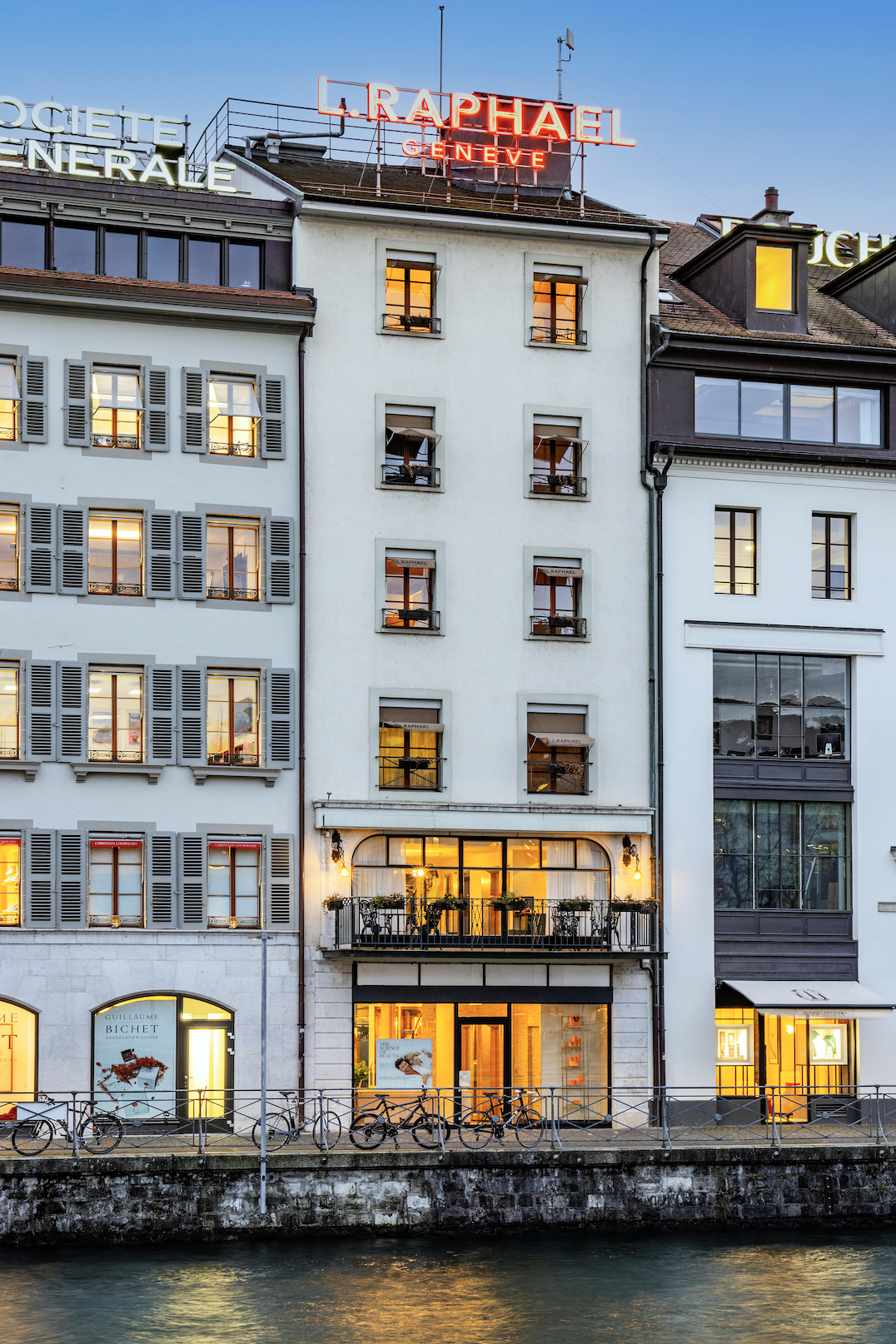
For over 20 years, owner Ronit Raphael, a perfumed steamroller of a woman who divides her time between Geneva, New York and the world’s chicest parties, has tended to the faces, bodies and vanities of the rich and famous. Her six-storey salon on Geneva’s swank Rue du Rhône offers a multi-dimensional, personalised approach to beauty and wellness for those as serious about skincare and anti-ageing as most Swiss are about chocolates and watches.
“Switzerland is also about advanced pharma, healthcare and new technologies,” Israel-born Ronit avers, on an early-spring afternoon. “They’re very uncompromising when it comes to quality. They expect results.”
It’s not just the Swiss who are treading a path to her handsomely appointed clinic. Ronit’s exacting clientele includes VIPs and C-suite types from around the world. It’s not uncommon, she confides, for a time-poor billionaire to fly in for a few days and block a group of therapists to work on him, six hands at once. Or for her team to be dispatched to someone’s yacht when a trip to Geneva is not an option. “They are ready to pay for this service as they know the result.”
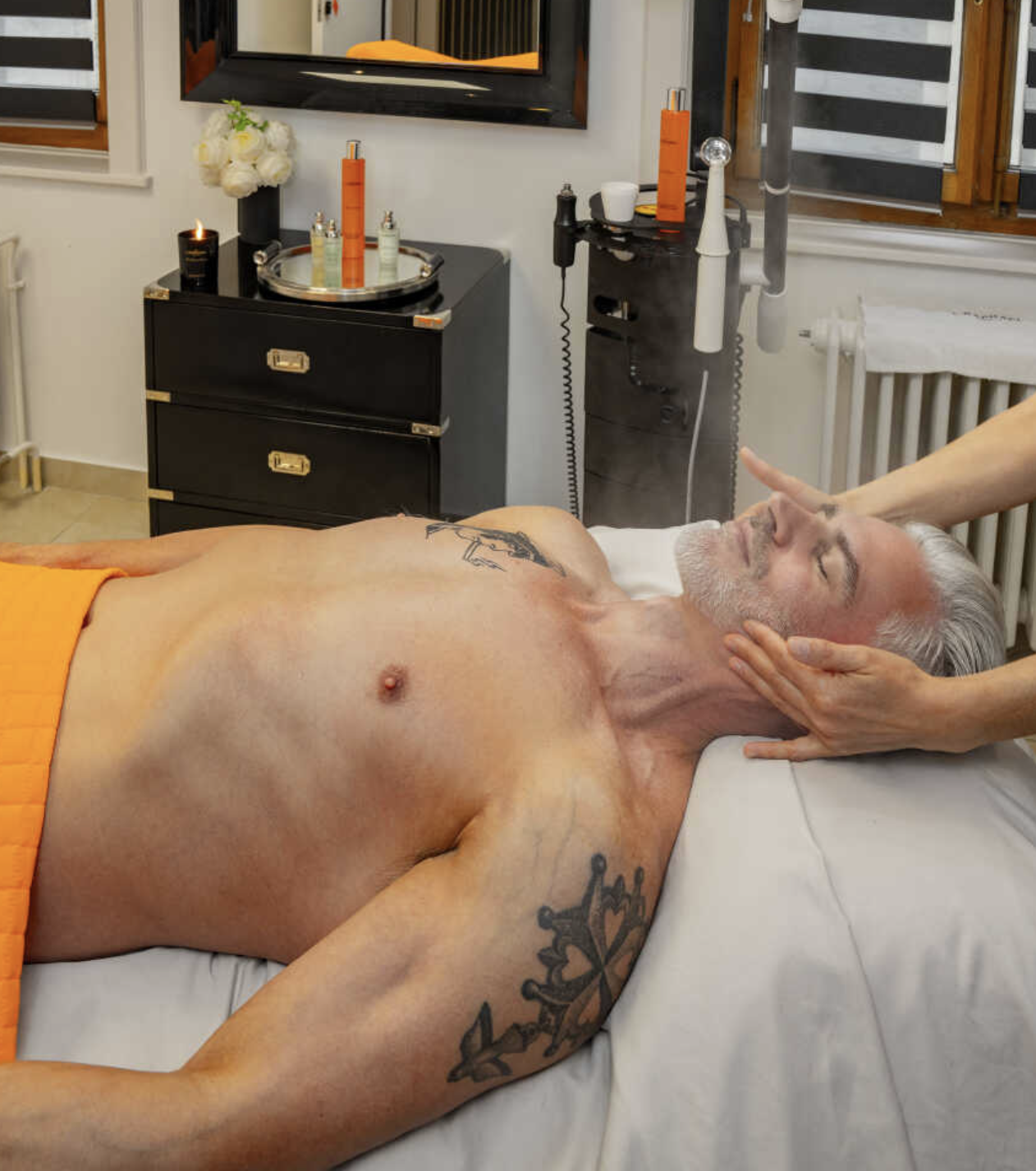
L.Raphael is not strictly for the ultra-rich, though. Ronit points to a recent uptick in serious skincare among those who breathe less rarefied air. “It started with women,” she explains, “but more men are investing considerable amounts of their disposable income in their appearance. We are facing a societal change as people evaluate which luxuries come first. Designer luxuries are losing ground to healthy beauty and youthful energy.”
Originally making up only 15-20 percent of her clientele, more and more men have discovered L.Raphael through their wives, partners or press. It’s not surprising, given that they are working later in life and are afraid of being aged out. Since the rise of the young tech CEO a few years back, the prevailing sentiment is that if you haven’t made it by 28 you are obsolete.
“The market has changed so much,” Ronit muses. “Especially with the demands on appearance of social media, men are under a lot of pressure to remain vital and look good. They are seeking solutions.”
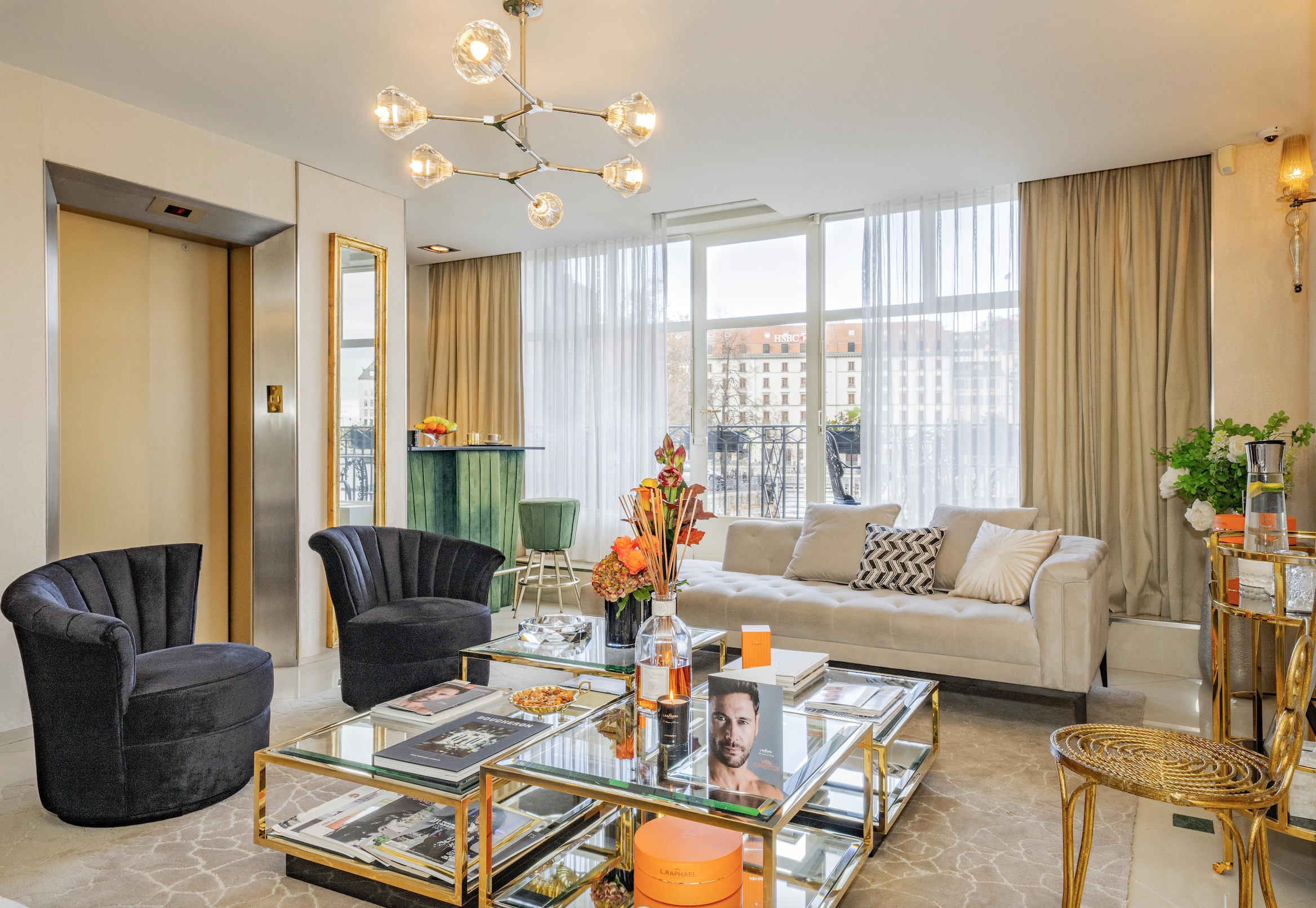
A few years ago, the company launched a separate men’s section on the top floor of the building. There, men have their own waiting room and can relax in a lounge between private consultations and treatments. For those unable to attend in person, the L.Raphael website delivers its signature products internationally, including to Australia.
The company’s green-caviar-infused products and oxygen-based treatments are the stuff of beauty legend. But it has promoted holistic offerings from the outset, blending age and stress management, nutrition, physical activity, and her cutting-edge proprietary lotions and potions.
“I literally go the extra mile to ensure that my clients incorporate a healthy lifestyle into their regimen,” Ronit says, explaining how one of her off-menu extras is going on lengthy walks with regulars who need gentle coaxing. It sounds cliched, she adds, but “true beauty radiates from the inside out, when the body and mind are in perfect harmony.”
Their backgrounds may be diverse, but most of her male clientele are results- focused and prefer treatments—to borrow from Monty Python—with machines that go beep. “It makes the experience more ‘masculine’ if there is machinery involved,” says Ronit. These men gravitate towards hair loss, acne treatments and, increasingly, lifting and sculpturing for the face and body.
“At L.Raphael we stand for mostly non- invasive treatments,” Ronit says, of options such as the Combi-Treatment, a triple-action procedure in which a therapist treats the skin with a targeted jet-pressure spray application of oxygen enriched with lecithin, omega-3, antioxidants and vitamins, “but we also have a doctor on hand for more involved treatments and procedures.”
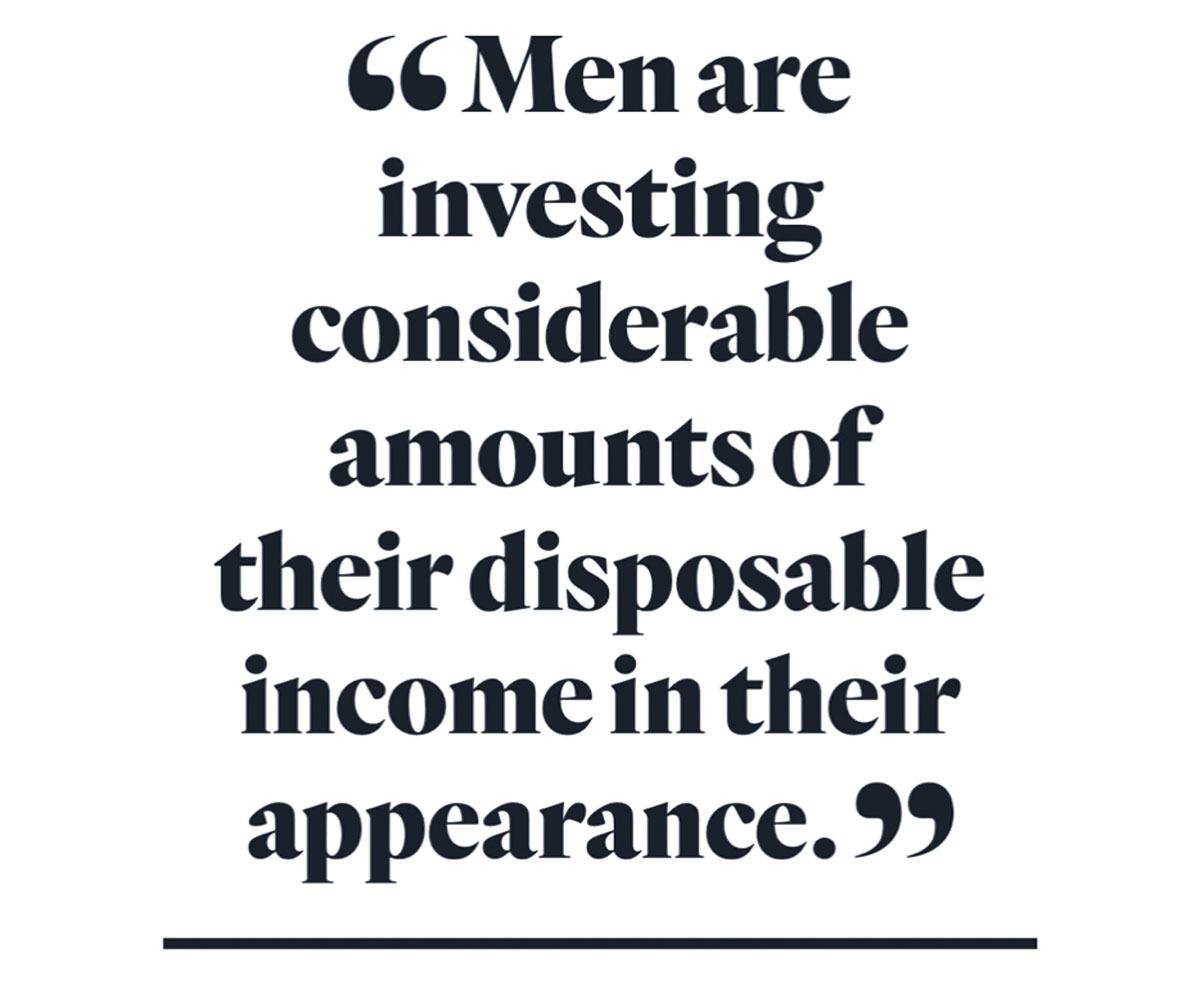
The resident medic, Dr. Gumener, administers everything from Botox (the popular muscle-relaxing neurotoxin that was originally developed to treat eye problems but is now injected directly into muscle to help with worrisome expression lines like “puppet mouth” and “the 11s” that form between the eyebrows), to threading (a minimally invasive alternative to facelift surgery performed by inserting a medical- grade thread material into your face and then “pulling” your skin up by tightening the strand) and mesotherapy (a technique that uses injections of pharmaceuticals, vitamins and plant extracts to rejuvenate and tighten skin, as well as remove excess fat).
A common denominator among men is their preference for face treatments with zero downtime so that they can return to the office afterwards. “They don’t have the luxury of covering anything with makeup,” Ronit explains, “so they want no visible side effects.”
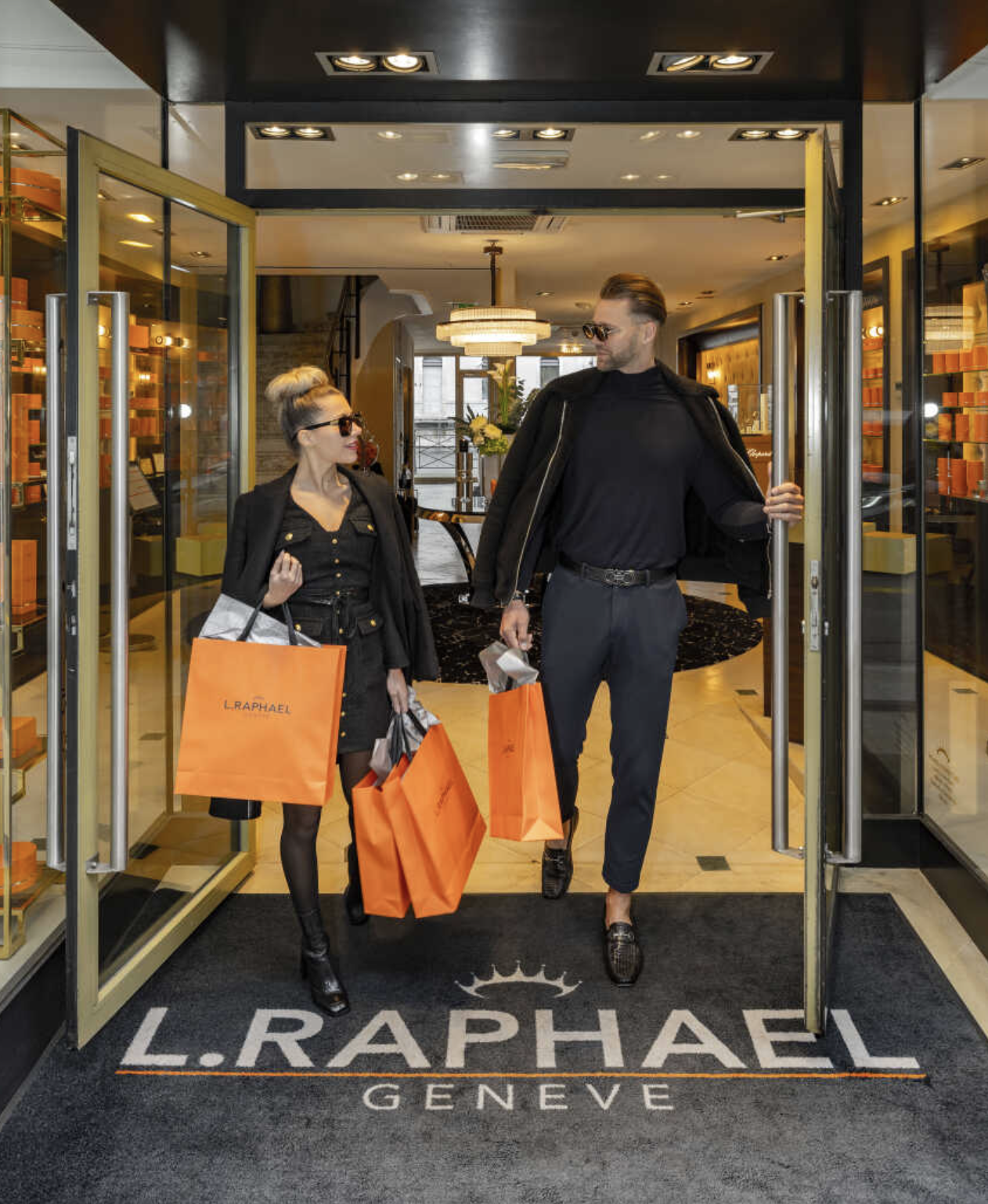
Beyond Botox and fillers such as Juvéderm and Restylane, which are used on wrinkles and folds, as well as to plump cheeks and lips, and to build up sagging jawlines, men are drawn towards newfangled offerings such as Ultherapy. A tightening procedure, also known as “the lunchtime lift”, Ultherapy uses ultrasound to work
on the neck, under the chin and or eyebrow areas over the course of two to three months. Results can take up to a year to fully kick in, but within weeks most men see visible tightening and a healthier, collagen-rich complexion.
Frown lines, sagging necks and spare tyres aside, are there any key differences between the sexes? “In my experience,” Ronit says, choosing her words carefully, “while we don’t offer excruciating treatments, women are much better with pain.”
You may also like.
Ode to Oasi
Ermenegildo Zegna wrote the book on dapper Italian style. Now, a new coffee-table tome pays homage to its greatest creation—one that, hopefully, will endure long after the brand is gone.
Strolling through a storybook forest like Oasi Zegna in Northern Italy, one could easily (and, perhaps, understandably) find heightened concepts like fashion and design slipping out of mind entirely.
Yet it’s here, in the spiritual home of an entity that has come to embody both Italian elegance and high-powered corporate tailoring, where fashion’s potential for regenerative change is at its most striking. Born in Oasi Zegna, a new tome from the Zegna house and published by Rizzoli, brings this relationship to life in vivid colour—a tribute both to the sweeping nature reserve that stands as the brand’s greatest creation and the philanthropic streak that remains core to its identity.
While Zegna’s modern-day nerve centre lies in Milan, its soul rests in Trivero. A secluded comune nestled in Northern Italy’s wool-producing Biellese Alps, it was here Ermenegildo Zegna and his brothers started making quality fabrics using a mill handed down to them by their father over a century ago. Ermenegildo’s vision grew in line with his house’s reputation, and as the Roaring Twenties gave way to the austere ’30s, he recognised something commonplace today, but then revolutionary—the potential of fashion as a force for social and environmental good.
By then one of the area’s biggest employers and its most significant social force, Zegna funded social welfare projects and employed locals to start work reforesting 100 km² of hillsides and valleys surrounding the brand’s ancestral home. Transforming a landscape rendered barren and lifeless by a century of industrial revolution, the half-million trees planted would bloom in the decades that followed to form Oasi Zegna, a pristine pocket of wilderness 30 times larger than New York’s Central Park. It’s both the brand’s greatest creation and, increasingly, its greatest source of creative inspiration.
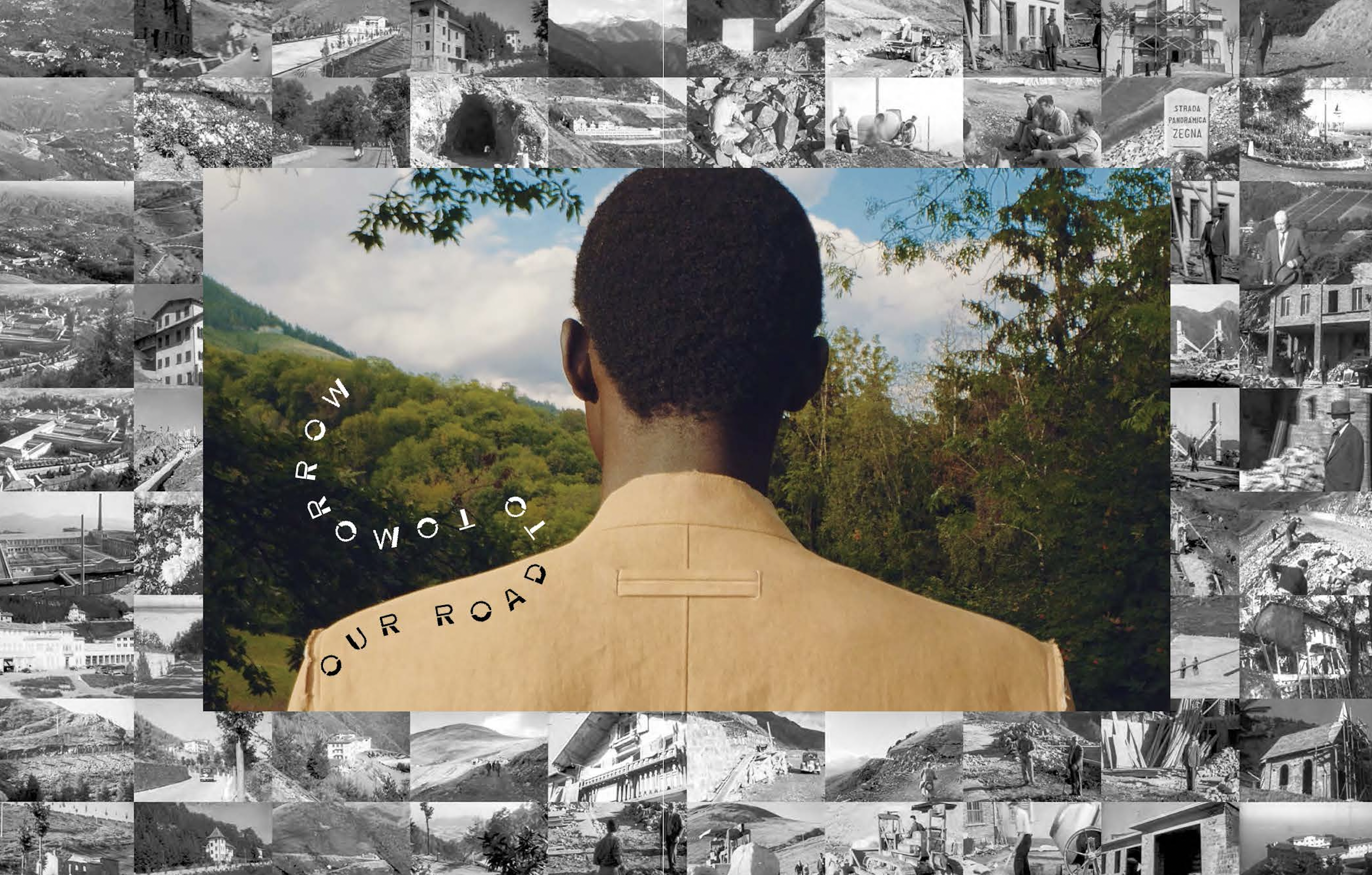
Even as Zegna’s suits have become a common sight in offices of state and on Hollywood’s most glamorous red carpets, Oasi Zegna serves as a living, breathing symbol of democratisation within the world of high fashion. To this day, it remains freely accessible to the public—a popular escape for action sports enthusiasts and bird watchers alike—and is the brand’s main philanthropic HQ, home to the house’s charitable foundation, a host of contemporary art installations and myriad biodiversity projects.

At once an ode to Zegna’s altruistic heritage and a visual mission statement for its future, Born in Oasi is not your typical coffee-table fashion book. There are no monochrome shots of glamorous supermodels in razor-sharp tailoring. Rather, suits and shoes give way to Oasi Zegna’s lush forests captured at the height of summer and in the brightest hues of autumn, both in its modern-day resplendence and during its early years. Archival photos and artworks are interwoven with contemporary illustrations by Paolo Bacilieri, Cecilia Carlstedt and Giuseppe Ragazzini, offering a conceptual look at the brand’s metamorphosis from a successful mountainside clothmaker into a tailoring icon—a story eloquently told in text by journalist Chidozie Obasi.

Emerging from the hyper-capitalist aesthetic that dominated throughout the turn of the millennium, in recent times Zegna has joined its contemporaries in re-evaluating its relationship with nature. Oasi Zegna is naturally the focal point of such ruminations. A strip of 232 Panoramica Zegna, the serpentine road Zegna built to improve public access to Oasi and its sweeping vistas, now features on the company’s logo.
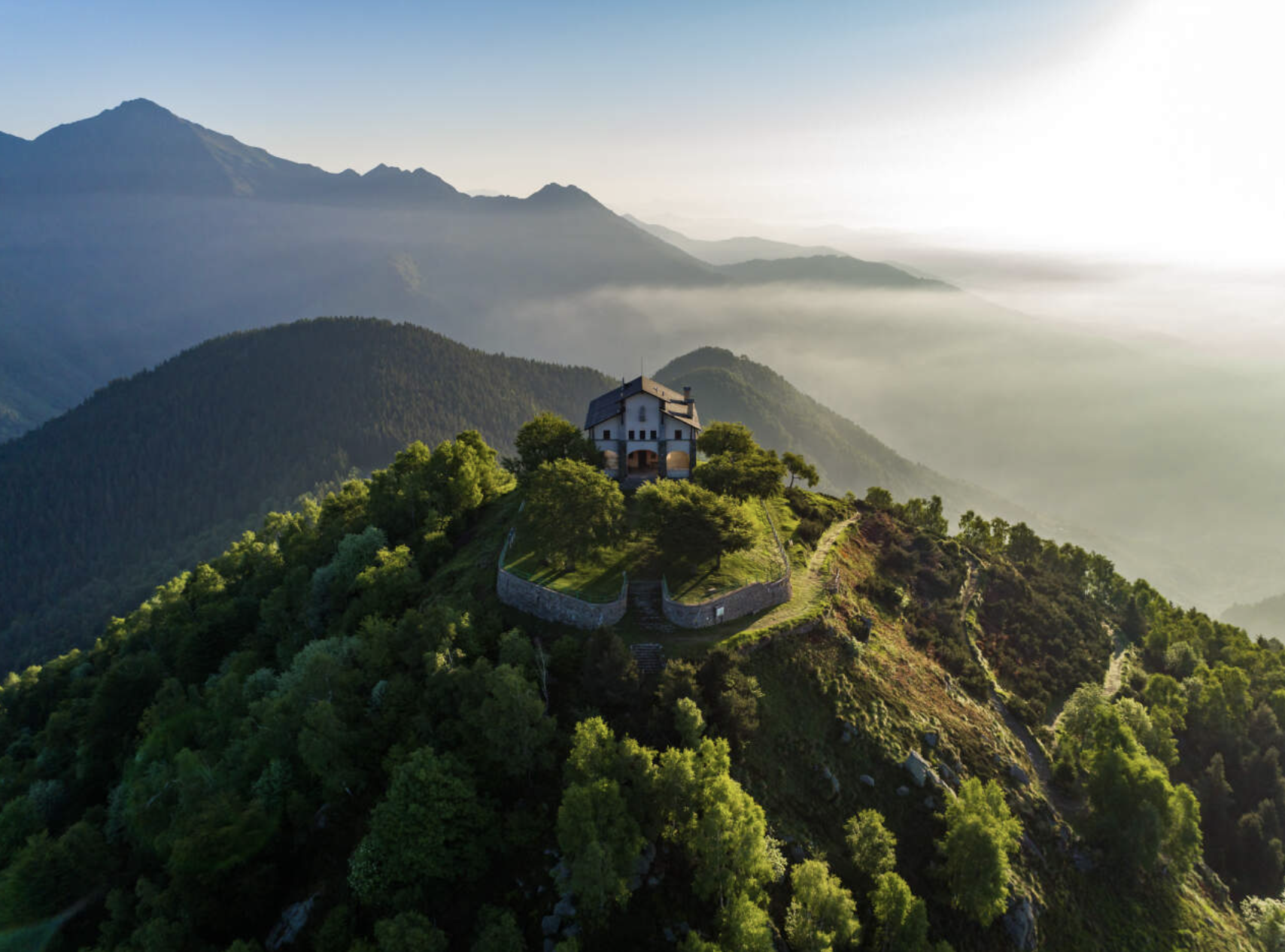
This influence is already filtering down into the label’s sartorital output. Artistic director Alessandro Sartori, who rejoined the brand in 2016, has made a pronounced shift away from the sporty casualwear and overtly slick suiting of Zegna’s recent past, allowing the natural textures of wool, linen and cashmere to guide it back to a more time-honoured aesthetic. But regardless of what lies ahead creatively, Oasi Zegna, and the book it inspired, will serve as an essential reminder of what can be achieved when the industry’s biggest players embrace conservation over consumption.
“It’s a legacy that [Ermenegildo] left us for future generations,” says Zegna’s great-grandson, now the company’s chief marketing, digital and sustainability officer, Edoardo. “His vision went beyond reason, and as a generation, we are just its custodians.”
Born in Oasi Zegna is now available to buy exclusively at Zegna stores globally and online; zegna.com
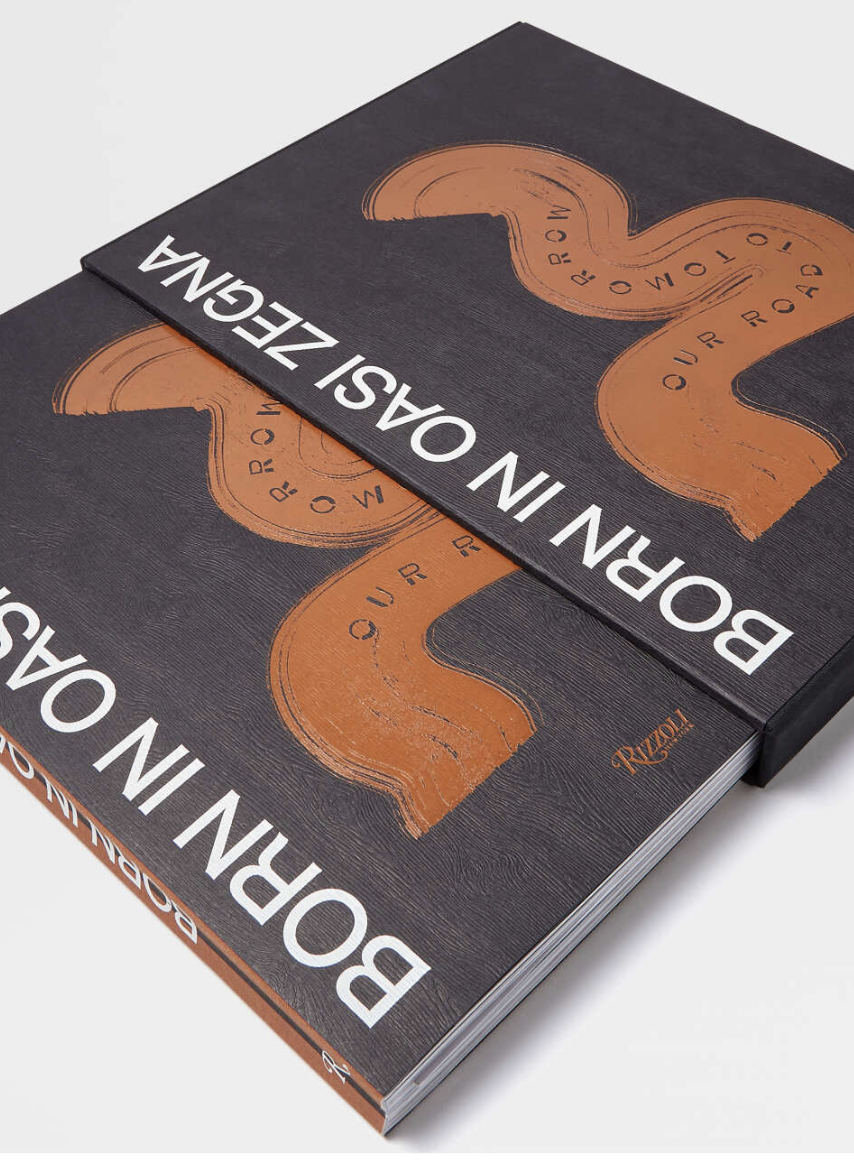
You may also like.
Watches & Wonders 2024 Showcase: Rolex
At the marquee horological presentation of the year, a lot of the hysteria was reserved for Rolex.
With Watches & Wonders 2024 well and truly behind us, its importance on the industry—and the trends that follow—is obvious. For the uninitiated, the week-long affair is the marquee horological presentation of the year. It’s where the world’s top brands convene to reveal their latest novelties and updates to revered models.
You’ve likely caught glimpses of the extravagant event across social media; the world’s biggest brands shelling out millions of dollars to highlight its newest novelties for 2024. But if you can move past the ritziness and watch snobbery that ensued, there’s much to be said about the releases from this year’s event. In this installment, we lead off with the ne plus ultra of luxury watchmaking, Rolex.
—
ROLEX
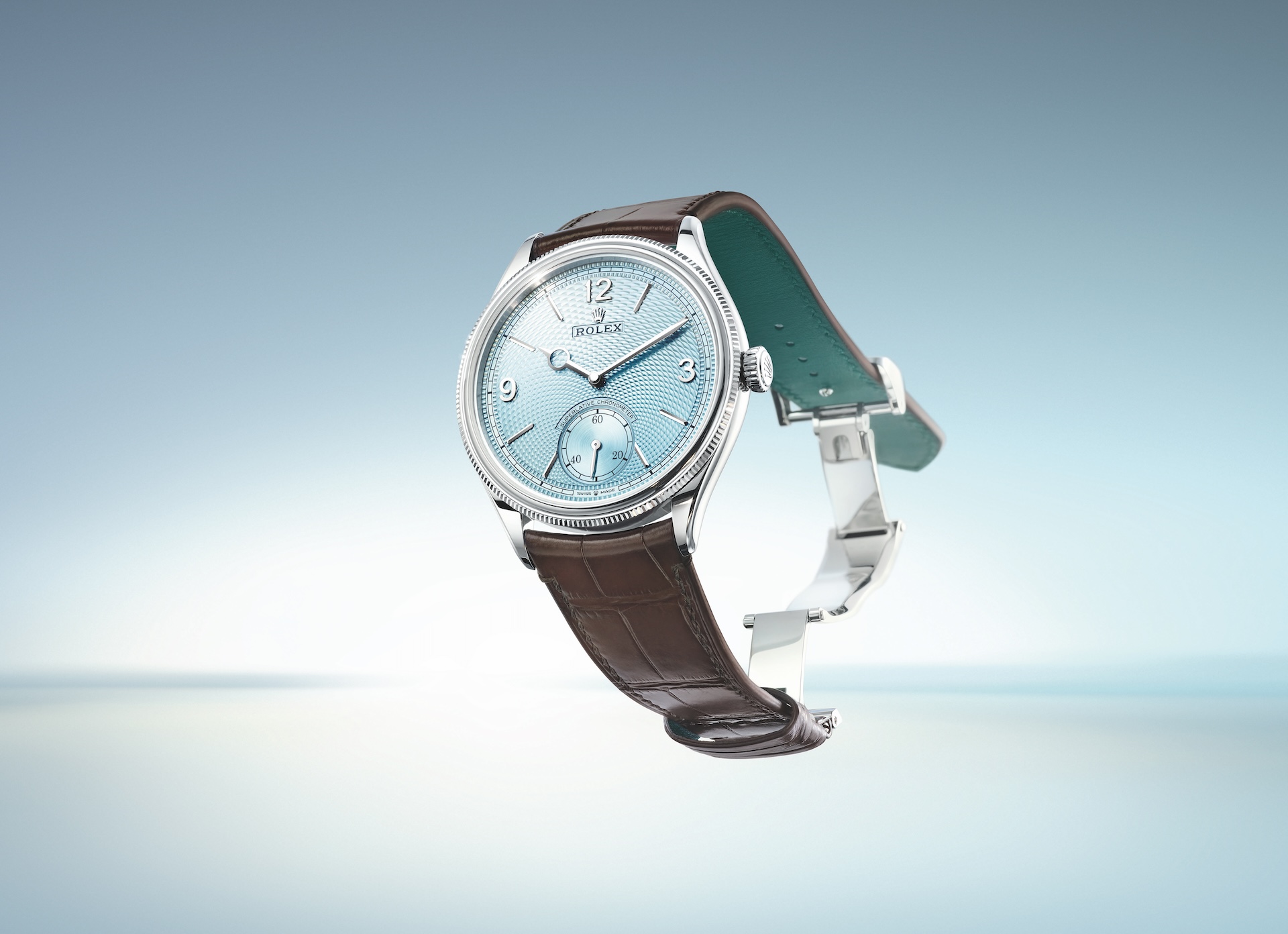
By now, we know that Rolex doesn’t succumb to fanfare; instead, it makes watches on its own terms, unveiling novelties in dribs and drabs. The stance continues this year as the luxury Swiss watchmaker adds a new spin to time-honoured models. There’s nothing revolutionary at play with 2024’s creative specialities—not enough to warrant the hysteria that ensued in Geneva—but we didn’t just receive cosmetic updates, either.
We got to welcome a new GMT-Master II to the luxury arena (pictured below). Now in its 70th year of production, the revered traveller’s companion receives a stealthy new appearance thanks to its grey-and-black ceramic bezel; subsequently earning the aptly furtive moniker, the “Bruce Wayne”. The non-limited piece comes with the elegant Jubilee bracelet or rugged Oyster bracelet, and harks back to the 2007 GMT-Master release with its green accents and subdued appearance. Sure, this GMT unveiling might not have been the reference collectors were clamouring for—will we ever see the return of the red-and-black “Coke” bezel?—but the new GMT-Master II certainly adds glitz to the collection.
Elsewhere, the Oyster Perpetual 1908 (picture top), now in its second year of production, was unveiled in 950 platinum with a new Ice Blue guilloché dial, much to the satisfaction of dress watch enthusiasts. This stunning iteration of the 1908 builds on the success of last year’s release, this time via a centrepiece guilloché dial and guilloché rice-grain motif with a distinctive three-dimensional, geometric pattern. Finished on a brown alligator leather strap, the 1908 is one of the slickest dress watches of the year, and adds needed flair to the played-out, industry-wide blue-dial theme.
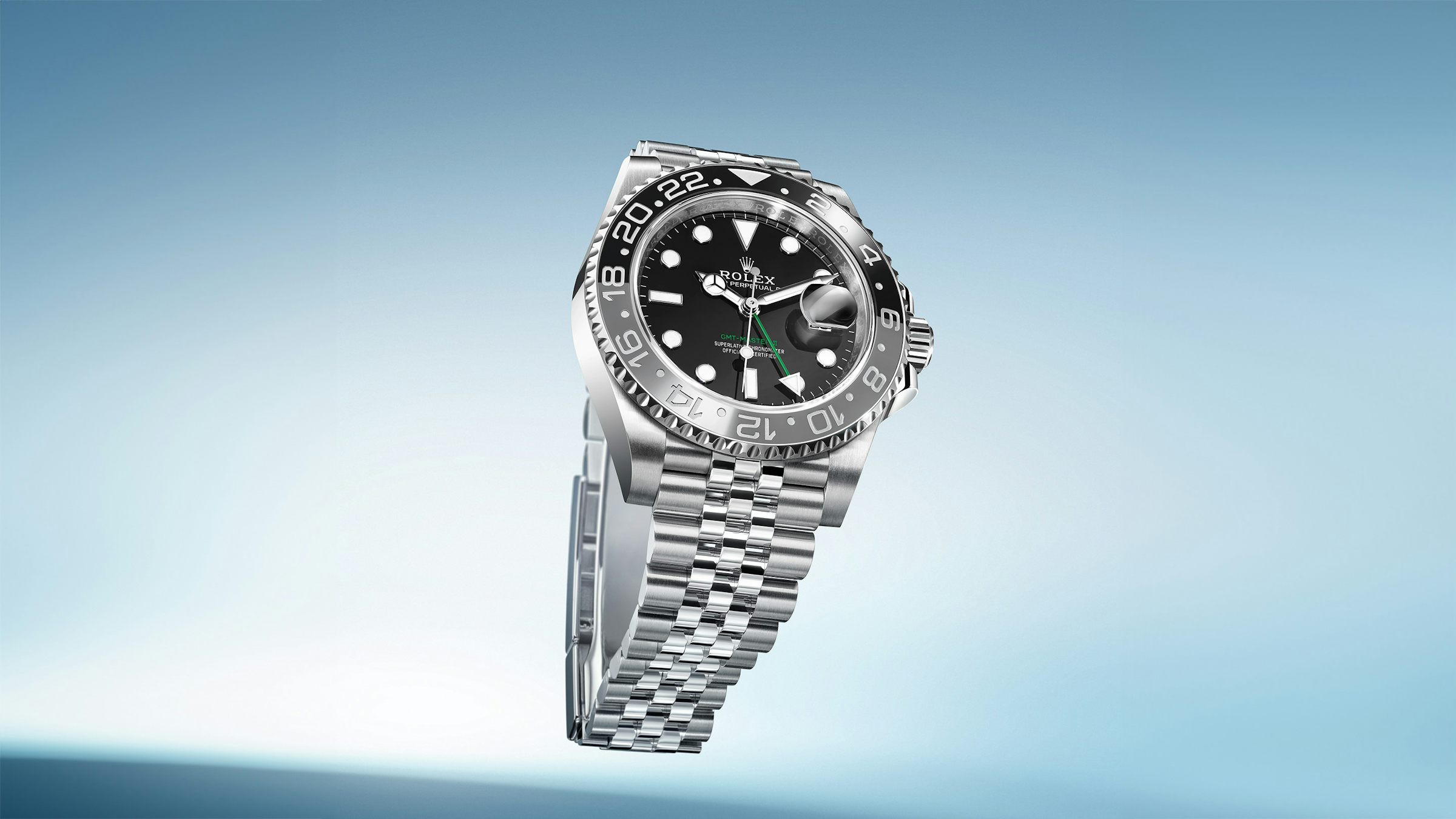
For those who prefer to brave the depths of the ocean with around $86,800 strapped to the wrist, the new Rolex Deepsea is bound to generate interest, however niche. Not for the faint-hearted, this divers’ watch is presented in 18-karat yellow gold, adding considerable heft and razzle-dazzle to an otherwise tool-specific timepiece.
For extra flash and dash, the Deepsea comes with a stunning 60-minute graduated Cerachrom bezel insert in blue ceramic, as well as a blue lacquer dial.
Perhaps the biggest news from Rolex this year is the discontinuation of the 2023 Rolex Le Mans Daytona. Marking what could be the shortest production run of any Rolex ever—and arguably the company’s best offering in years— the 18-karat white gold Daytona was swiftly replaced with a new off-catalogue, special-order-only Le Mans edition, now in 18-karat yellow gold, which rivals the best of the Paul Newman-era Daytonas. It remains to be seen whether more information will be revealed about this handsome newcomer, or if it will have the same impact as its predecessor.
—
Read more about this year’s Watches & Wonders exhibition at robbreport.com.au
You may also like.
For Your Eyes Only
Say goodbye to the other people, Australia’s first private island, off the less-tread Townsville coast, is 1,000 m2 of blissful tropical sensation.
Australia won more than its fair share of islands in the geographical lottery—8,222 to be precise. Despite this earthly blessing, the nation has never offered a genuine private island experience.
Most of the isles ringing this vast land mass are already occupied by resorts, where individuals or companies can book out the entire place for their friends, family or staff. But Pelorus Private Island is different.
Here there’s no option to share. Meaning no crowded communal pool areas, no boutiques hawking you clothes and no making polite small-talk with strangers around the bar.
It’s been seven years since Morris Escapes’ billionaire executive chairman Chris Morris bought a small island 25 minutes’ helicopter flight time north-east of Townsville, just a few kilometres from his high-end luxury resort, Orpheus Island Lodge. Now, after two years of construction and a total spend of $13 million, he’s opened Pelorus Private Island.
The only access to the island is by helicopter, which drops me on a green lawn 20 m from a single, sprawling residence.
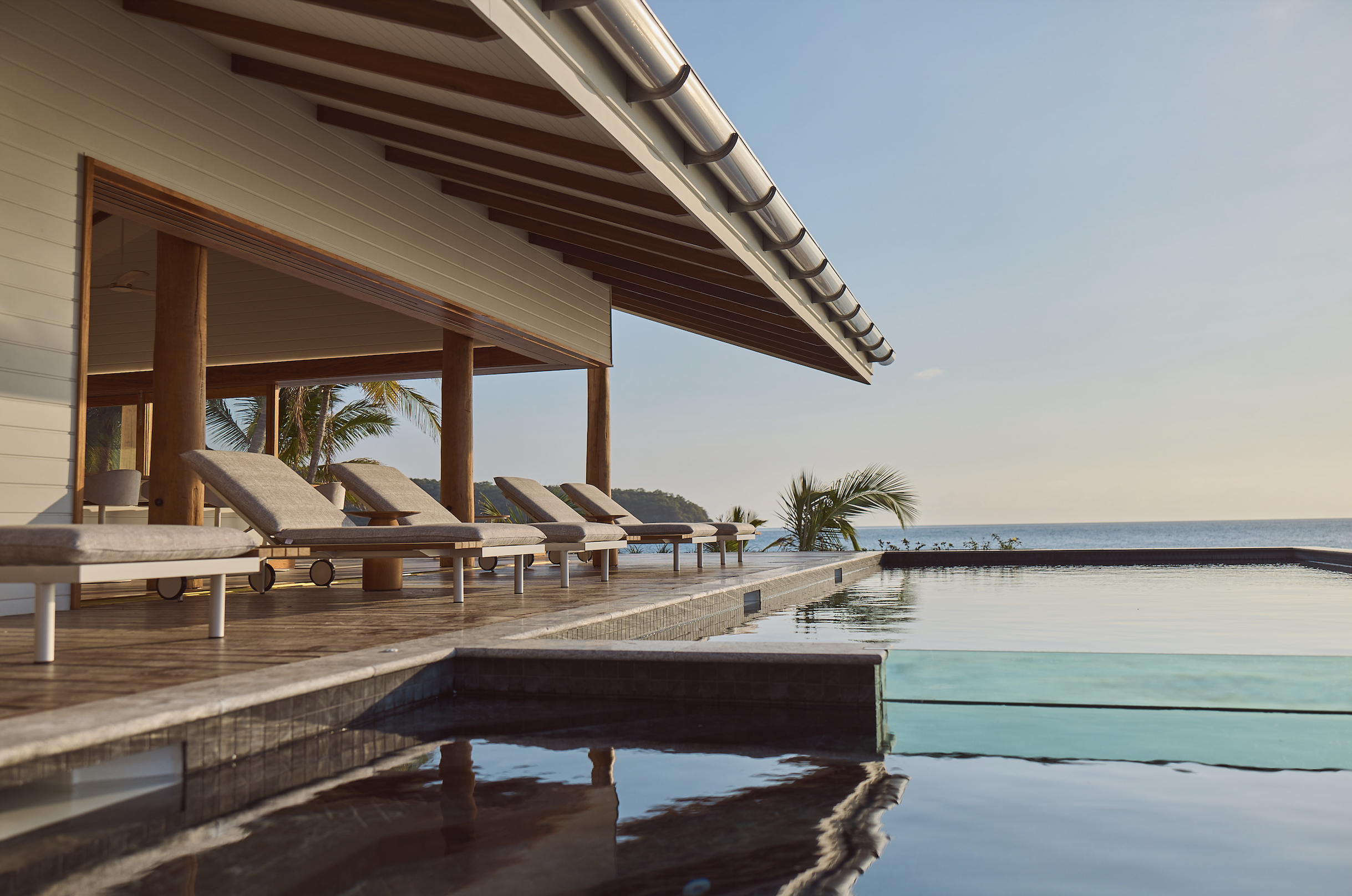
The shallow, coral-fringed beach just beyond, and the fact there’s no jetty, means most boats can’t land on Pelorus Island—and so guests have complete protection from the outside world.
Which makes it about as different from certain other resorts on perpetually busy Hamilton Island as it gets. The property is built on the south-western edge of the island, and is the only dwelling among over 400 hectares of national park. Though there’s plenty of coconut trees bordering the white sandy bay in front, it’s more an overwhelming sense of the Australian outback that dominates first impressions; a metre-long lace monitor lizard strolls through the bush behind the residence; cicadas whir continuously; white sulphur-crested cockatoos squawk overhead; I can see as many gum trees as tropical frangipanis.
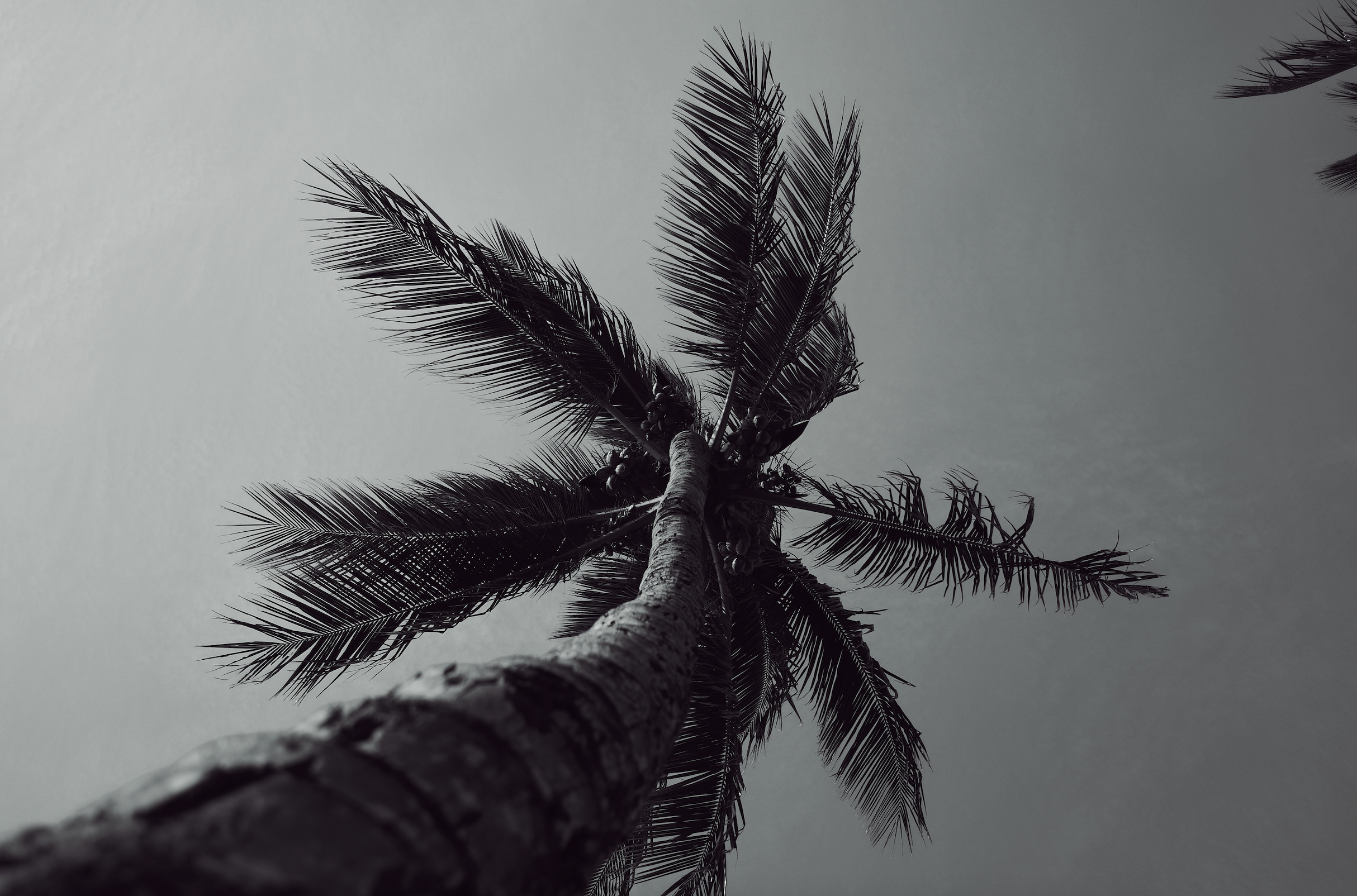
So it does not feel unusual, then, that the residence looks more like an outback-style homestead than a tropical island beach house. It’s almost 1,000 m², with wide open spaces filled up by communal lounges and dining areas where guests eat meals family-style. Beside this extensive shared space, I push through a door to an open kitchen with bar seating for breakfasts, and floor-to-ceiling windows looking out to a horizon pool and the sea beyond.
Four suites extend beyond the central entertainment space (there’s a smaller twin-share room available if needed, allowing for a maximum of 12 guests). They’re big—each suite is 76 m²—with private balconies that stare straight across a passage of calm water to the heavily forested peaks of Orpheus Island.
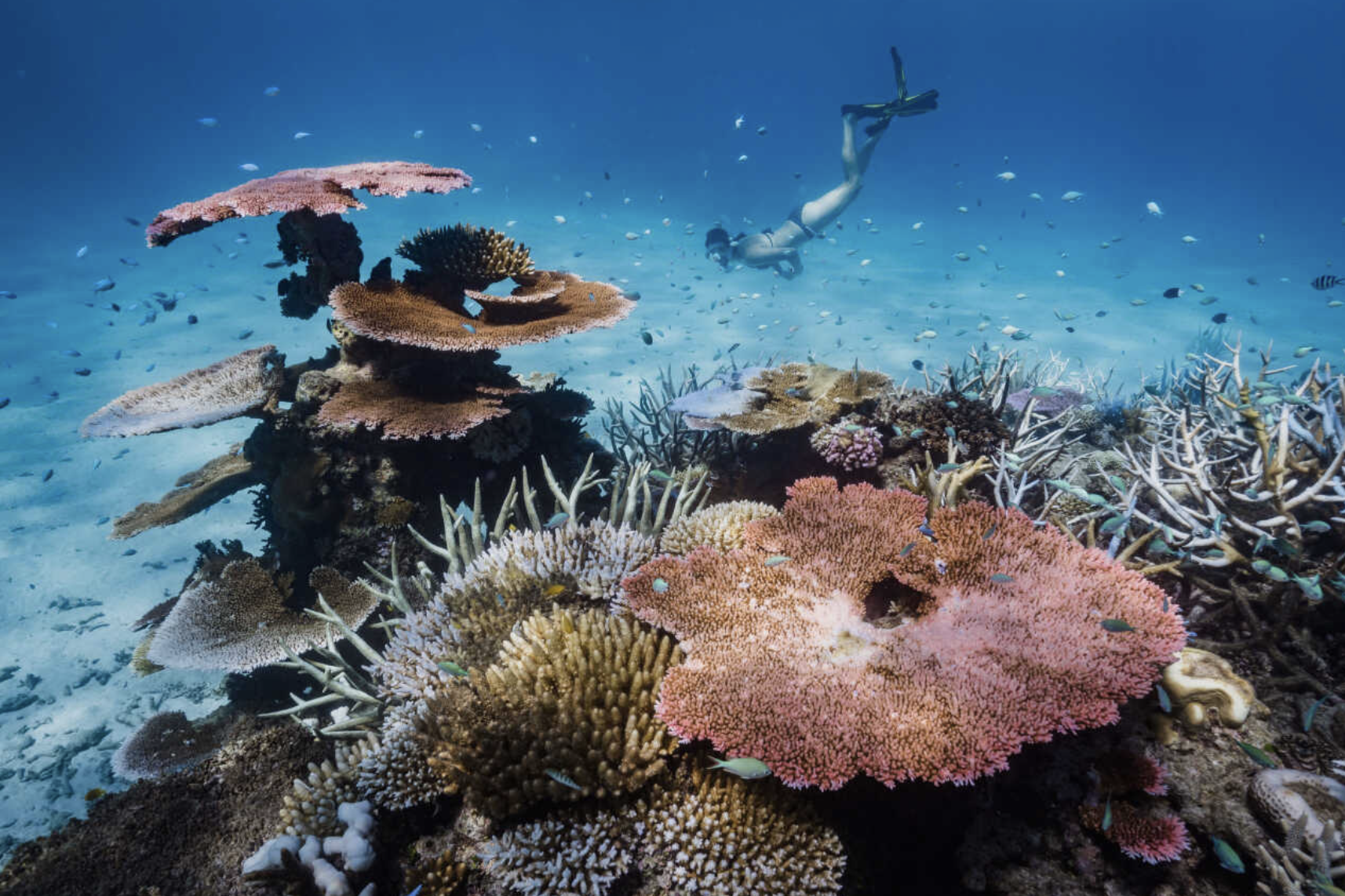
Natural materials dominate; whitewashed hardwood timber floors, limestone and quartzite. Hardwood timber posts and hand-sanded feature columns make my suite look warm and cosy, almost like a hunting lodge. There’s no numbers on any of the doors, because Morris wanted this private island to feel like a home, not a hotel. It’s the simplicity of its design that stands out most: for an accommodation option starting at $20,000 per night, there’s less obviously luxurious touches than you might expect.
“Our approach to the design was to keep it simple, pristine and uncluttered,” says its Melbourne-based designer David Dubois.
“We wanted to avoid excessive opulence because it just wouldn’t be right in this rugged island setting. We used a reduced, pared-back aesthetic, together with an openness that reflects a modernist pavilion style of architecture.”
Most of all, Dubois wanted to keep guests’ focus less on his design quirks and more on the natural beauty outside. I prefer to keep my blinds open in my suite, so the first thing I see each morning is the calm Coral Sea through floor-to-ceiling windows.
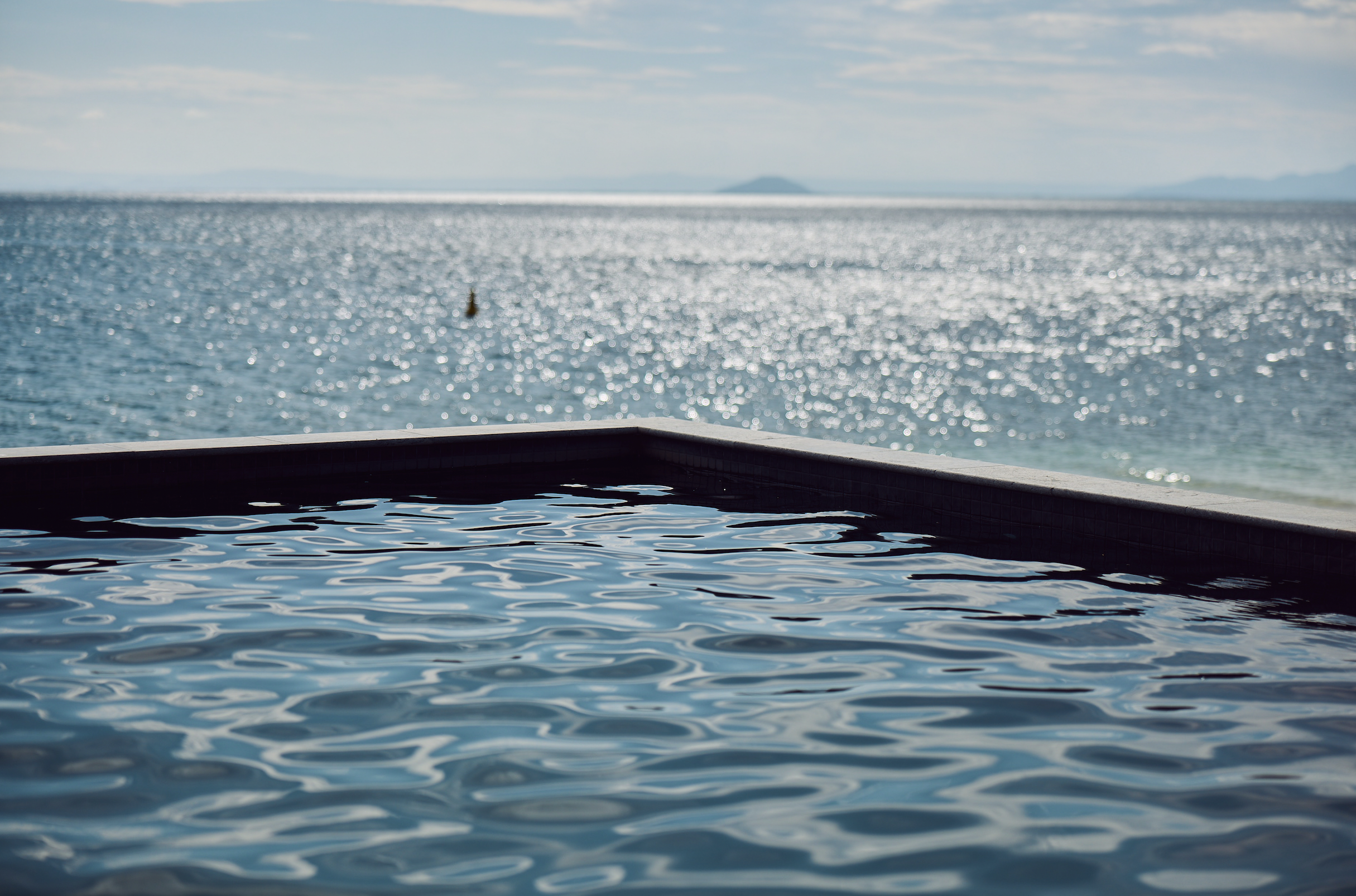
And from my seat at the kitchen bar stool at breakfast, I watch loggerhead turtles come up for air outside, and schools of Spanish mackerel gouge the water in feeding frenzies. Had I visited between July and November, I would have seen humpback whales pass close by. Private chef, South African-born Grant Logan, was brought across to Pelorus Private Island from Morris’s Mediterranean-based superyacht Northern Escape. His partner, Kate Hawkins, is general manager. Morris’s ethos all along has been to treat Pelorus Private Island like a land-based superyacht. During construction, the company even referred to the project as Mare Pelorus, borrowing a term bestowed on superyachts (mare means “sea” in Latin). Morris’s intention was to offer the same level of service, and the same principles of exclusivity. “Your dining experience here will be as good, if not better, than on a superyacht,”
Logan explains as he serves up breakfast. “But we have much more direct interaction with guests. The island’s much more personal and it’s much more homely, so you could say it’s superior to a superyacht.”
The residence is built beside an easy-sloping, wide white-sand beach bordered by dramatic sea cliffs and thick, imposing forest, offering safe, sheltered swimming. The fringing coral just a few metres off the beach is full of colour and teems with bright reef fish. The snorkelling is as good here as I’ve found in outer parts of the Great Barrier Reef only accessible through long boat rides. Guests have 24-7 access to water toys like stand-up paddleboards, kayaks, jet-skis and sea-bobs. A personal watersports coordinator is on hand at all times.
And yet, some of the best things about staying at Pelorus Private Island aren’t even on Pelorus Island. Included in the tariff are excursions aboard the company’s amphibious motor boats (which beach themselves for easy access for guests of all ages) for snorkelling or island-hopping excursions.
We take a motor launch to reefs off a group of uninhabited islands, which here look just like the better-known Whitsunday Islands 300 km south —minus the resorts, the charter yachts and other tourism operators. We zip to Hinchinbrook Island and land on a long, secluded beach just as dark clouds part and reveal 1,300-metre-high mountains; as we motor past mangroves to a deserted white sand beach, I picture 5-metre-long saltwater crocodiles lying in wait. We walk across the beach and hike through thick rainforest, across swollen rivers to Zoe Falls. With recent heavy rains, the mist from the cascade fills the entire valley. We climb a narrow trail to a rock pool at the top of the waterfall, with views right back across the Great Barrier Reef. Because of its remote location and the fact there’s no infrastructure, only expert hikers visit Hinchinbrook Island to try its iconic multi-day walk—rated one of the best in the country. But today, we have the island entirely for ourselves.
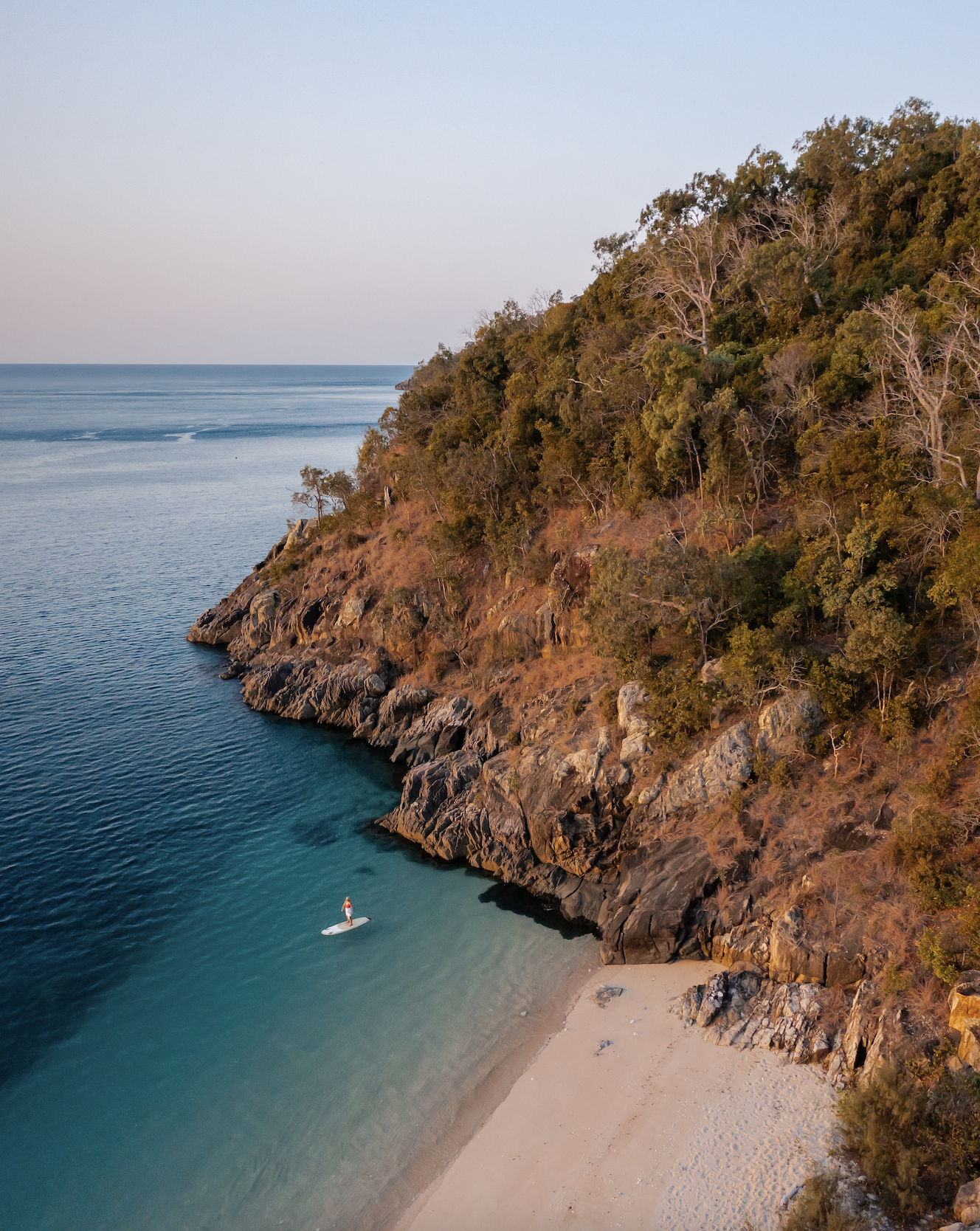
Next morning, a fishing guide arrives from Orpheus Island Lodge to take us fishing for highly sought-after reef species, like coral trout, giant trevally and sweet lip. We troll too for the pelagic species of the Great Barrier Reef, like Spanish mackerel, wahoo and dogtooth tuna. Then chef Young prepares fresh sashimi from our catch, and we eat it at sunset beside the pool as the fading colours turn the ocean purple.
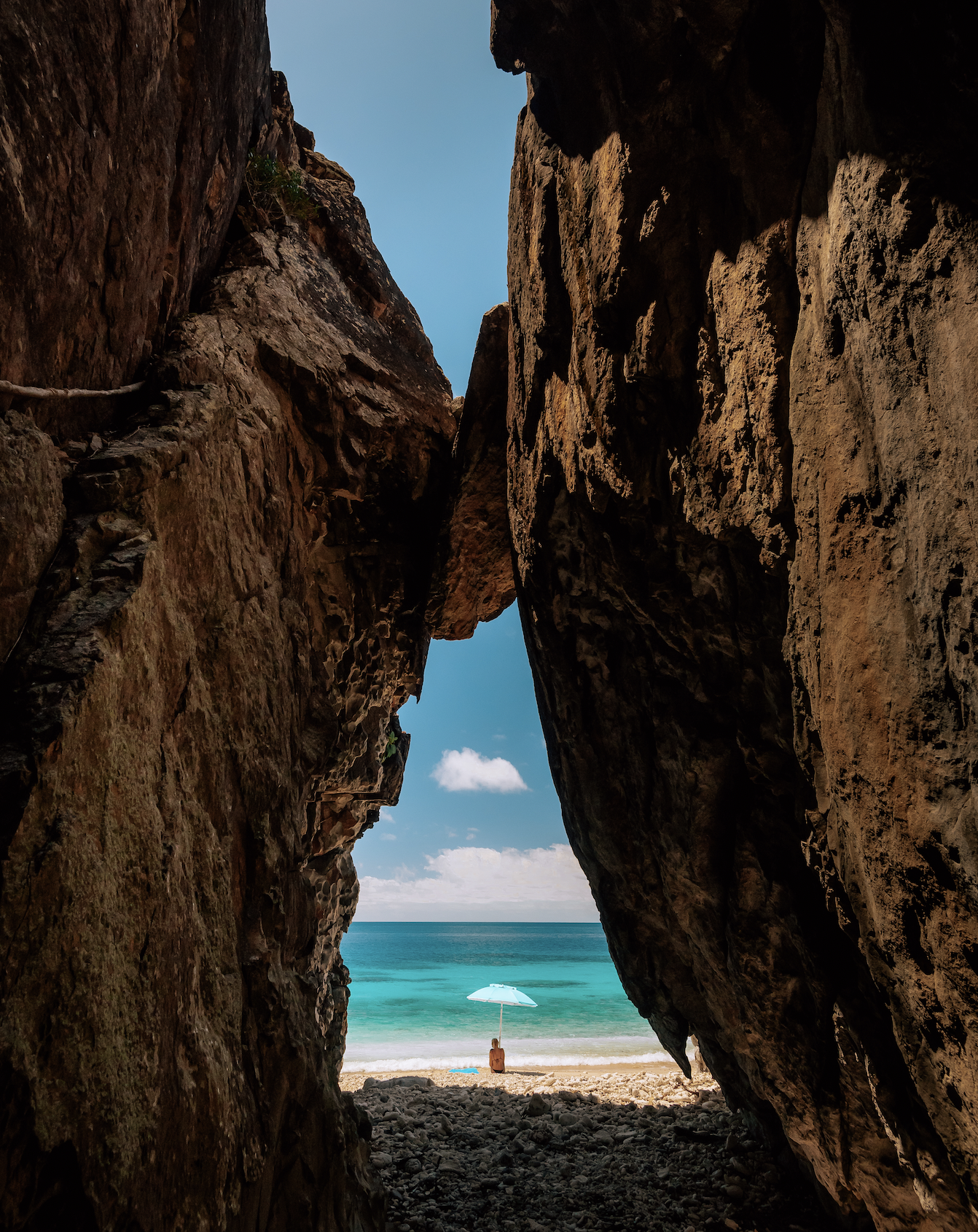
Numerous island resorts offer private or semi-private retreats for premium travellers in Far North Queensland, but none are this intimate, or private. Five hundred kilometres north, Lizard Island. Resort offers a three-storey, three-bedroom private property within its resort but you’ll share the island with other resort guests, research station workers and visiting yachties. Haggerstone Island Resort, a further 400 km north, offers exclusive use of its resort but you’ll have to charter a plane for a two-hour ride north of Cairns and its huts are widely spread out (to offer guests who don’t know each other complete privacy).
Orpheus Island Lodge, 10 km south of Pelorus Island, also offers exclusive-use buy-outs, but with room for 28, you won’t find the same immediacy. Pelorus Private Island, on the other hands, manages to feel like my own private home. Its appeal lies not in any flashy trimmings, but in the fact you’re leasing your own little world.
Private hire of Pelorus Private Island includes all gourmet meals and a selection of wine, Champagne, beer, spirits, gourmet snacks and experiences; from $20,000 per night (minimum of two nights); see pelorusprivateisland.au; Morris Escapes has also just opened the luxury Ardo Hotel in Townsville, where guests can board its helicopter to Pelorus Private Island;ardohotel.au






